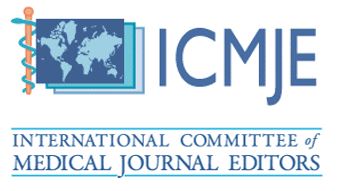Gallstone Ileus with Resolution of Bile Leak Post-Subtotal Cholecystectomy and Spontaneous Closure of Cholecystoduodenal Fistula: Case Report and Literature Review
DOI:
https://doi.org/10.51200/bjms.v15i3.2459Keywords:
gallstone ileus, cholecystoduodenal fistula , enterolithotomy , stone extractionAbstract
Gallstone ileus (GSI) is a mechanical intraluminal bowel obstruction caused by biliary calculi through the biliary-enteric fistula. This is a rare sequela of cholelithiasis occurring in 0.3 – 1.5% of patients with worrying mortality of 11.7 – 20%. This is a case of GSI in a 67-year-old woman who presented with small bowel obstruction secondary to impaction of biliary calculi at terminal ileum with underlying cholecystoduodenal fistula (CDF). Enterolithotomy with stone extraction (ES) was performed, followed by subtotal reconstituting cholecystectomy due to iatrogenic gallbladder perforation. The diagnosis of GSI is ascertained by the presence of the Rigler’s triad on abdominal X-ray, while CDF was demonstrated by post-surgery CT images. Bile leak post-operation was managed conservatively based on the SNAP (Sepsis, Nutrition, Anatomy, Plan) approach, and spontaneous closure of CDF was observed. In a nutshell, GSI should always be kept in mind as a differential diagnosis of mechanical bowel obstruction, especially among elderly female patients. Radiological findings of Rigler’s triad aid clinical diagnosis of GSI. Despite its rare incidence, early diagnosis is crucial as it is readily treatable with surgery. ES alone is the gold standard in the management of GSI.
Downloads
Published
How to Cite
Issue
Section
License
The copyright of the article belongs to the authors, who retain ownership of their work published in the journal. Their work is distributed under the CC BY-NC 4.0 license








1.png)




